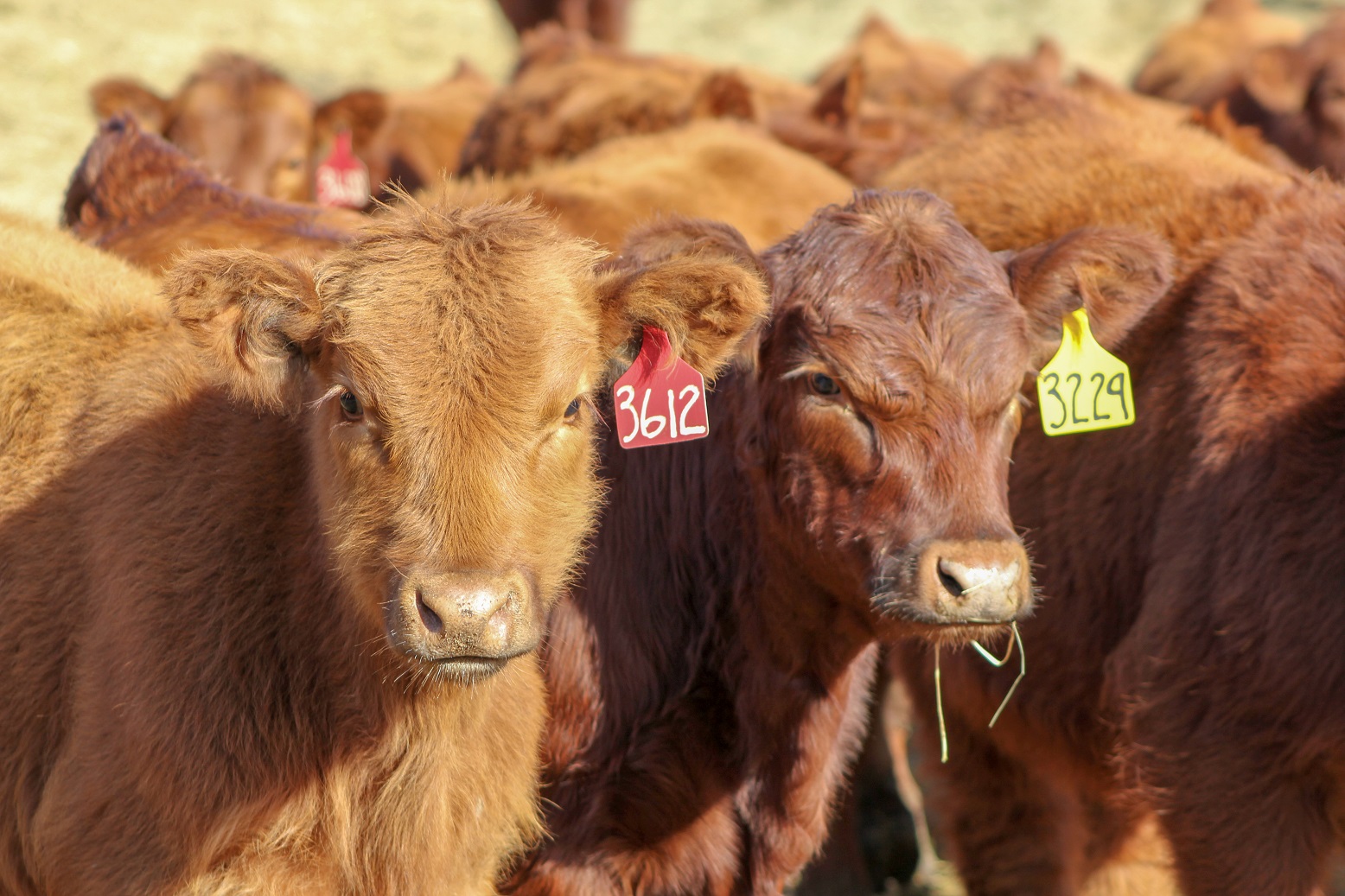
As the pastures of the Great Plains begin to return to that wonderful, lush color we all love so much, cattle will be turned out for summer graze out. Generally, beef producers supplement cattle on grass with free choice mineral to meet nutrient requirements when they are not supplementing with other feedstuffs. Different landscapes and varying soil types require specific variations of mineral levels. The old days of the consistent feeding of the classic 12-12-12 mineral are a thing of the past, and producers are putting priority into selecting the proper mineral supplementation to fit their landscape and cattle.
Typically, in confinement fed scenarios a nutritionist can build a diet to ensure adequate mineral supplementation is delivered at concise levels. When cattle are out on pasture the majority of their nutrient intake comes from forage, but some will come from water or a supplement that may be provided. Therefore, it is important to test forages to ensure an understanding what cattle might be lacking, so that a sufficient mineral program can be implemented.
Not all mineral is created equally and how it interacts with the physiological system of an animal. There are diversified forms of each type of mineral which include organic, inorganic, or injectable. Each type responds differently in the animal and should be considered when developing a mineral program. Oxide minerals are the least absorbable in the body, while organic minerals are more absorbable than inorganic, but will likely cost more. Preventing a mineral imbalance through proper nutrition is generally less expensive than providing care to mineral deficient cattle, making it beneficial to stay ahead of such issues.
Here are a few things to keep in mind when planning a summer mineral program:
- Testing water allows for an understanding of total mineral intake. Available mineral in from water (usually elevated levels salt and sulfur) should be included in calculating total mineral intake.
- Un-fertilized pastures of certain forages such as fescue can cause the forage to lack calcium and phosphorus levels that are adequate to meet requirements. Fertilizing these pastures and adequate growing conditions will likely provide sufficient levels of calcium and phosphorus.
- Organic minerals should be considered in scenarios such as: breeding of AI cows and purebred cattle, high risk cattle, and pastures that have previously demonstrated decreased productivity of cattle.
For more information on Nebraska Beef Extension or mineral supplementation programs reach me at my office (402) 624-8007 or visit my programming website bigredbeeftalk.unl.edu for more information on Nebraska Beef Extension.